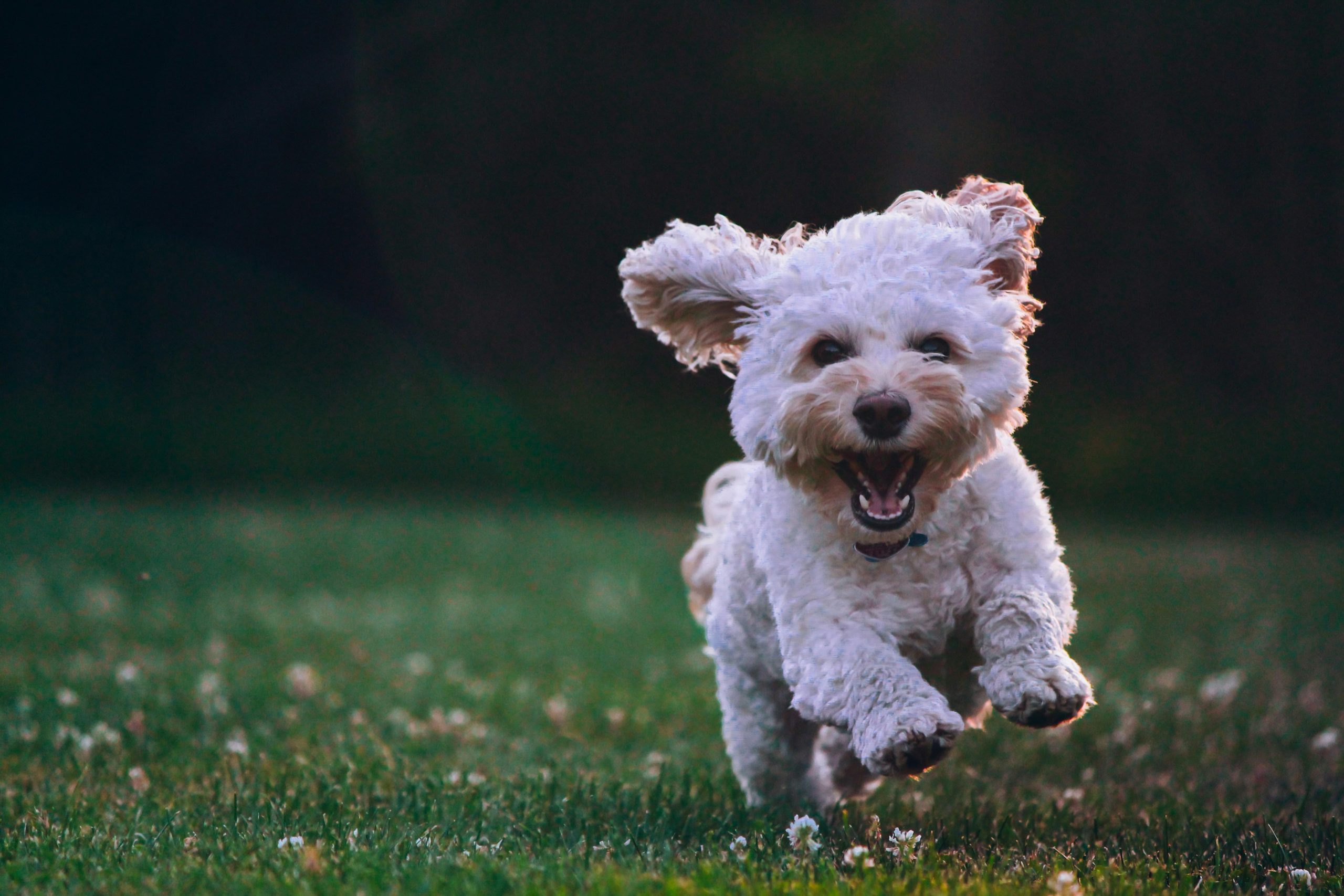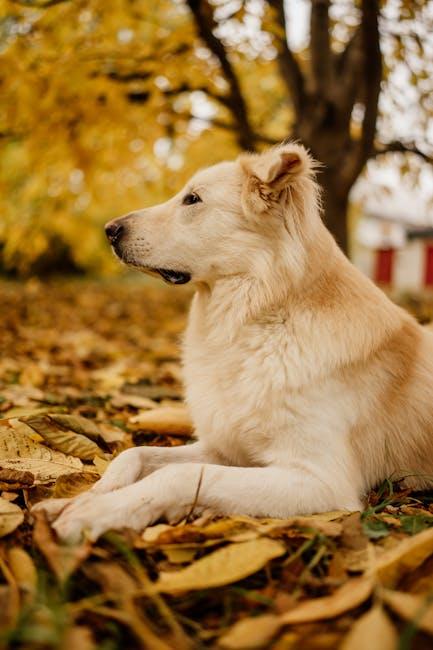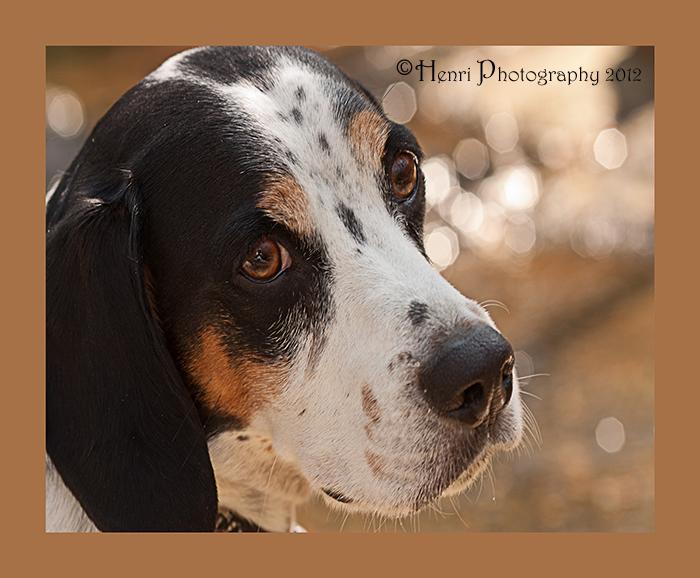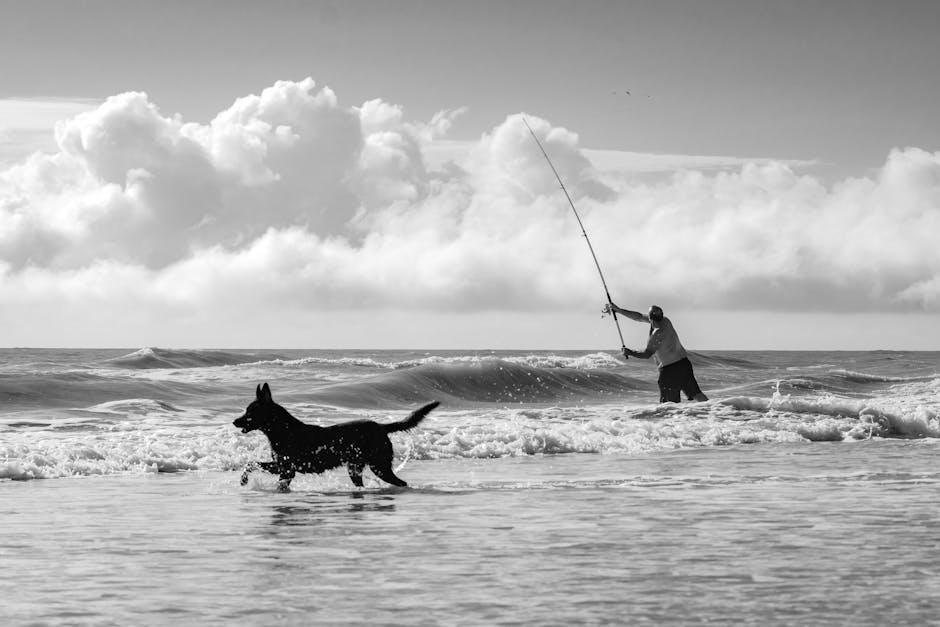How to Socialize a Nervous Dog in the Park

In the heart of every bustling city lies a sanctuary of green, where sunlight filters through the leaves and laughter dances on the breeze. This vibrant tapestry of life, known simply as the park, is a place where bonds are forged and adventures begin—not just for humans, but for our four-legged companions as well. For many dogs, a romp in the park is the highlight of their day, a chance to chase after frisbees and make new friends. Yet, for a nervous dog, the park can seem like an overwhelming maze of unfamiliar scents and sounds, a daunting arena filled with unknowns. This article will guide you through the art of transforming trepidation into tail-wagging joy, offering practical tips and compassionate insights on how to socialize your nervous dog in the park. Whether your canine companion is a shy newcomer or a wary veteran, together, you can turn the park into a playground of possibilities.
Understanding Your Dogs Anxiety Triggers
Recognizing the subtle signs of anxiety in your furry friend is crucial for a successful socialization experience. Dogs may experience stress due to various factors, and understanding these triggers can help in creating a more comfortable environment. Some common anxiety triggers include:
- New Environments: A bustling park can be overwhelming with its myriad of sights, sounds, and smells.
- Unfamiliar Dogs: Encountering new canine friends might be intimidating for a nervous dog.
- Loud Noises: Sudden or loud sounds can startle dogs, making them feel unsafe.
- Past Trauma: Previous negative experiences in similar settings might resurface, causing distress.
By being aware of these triggers, you can better anticipate and mitigate your dog’s anxiety. Gradually introducing them to new experiences and providing positive reinforcement can build their confidence. Patience and understanding are key to helping your dog feel secure and enjoy their time at the park.

Choosing the Right Time and Place for Socialization
Selecting the ideal moment and environment is crucial when helping your nervous dog feel comfortable in social settings. Early mornings or late afternoons often provide a quieter park atmosphere, minimizing overwhelming stimuli. These times can help your dog ease into the experience without the added stress of bustling crowds. Observe the park’s rhythm and choose a time when it’s less populated, allowing your furry friend to gradually acclimate to new sights and sounds.
When it comes to location, opt for open spaces that offer plenty of room for your dog to explore at their own pace. Look for areas where your dog can observe other dogs from a distance before engaging. Consider these tips when choosing the perfect spot:
- Avoid areas with playgrounds or heavy foot traffic.
- Find a spot with benches or trees to provide your dog with a sense of security.
- Look for parks that have separate areas for small and large dogs, if applicable.
Gradually increasing exposure in these chosen settings can help build your dog’s confidence, transforming park visits from nerve-wracking to enjoyable experiences.

Effective Techniques to Build Confidence in Your Dog
Building confidence in your dog is essential for successful socialization, especially in bustling environments like parks. Start with positive reinforcement to encourage calm behavior. Treats, praise, and gentle petting work wonders when your dog remains composed around new people or dogs. Gradually increase exposure to the park environment by taking small steps; begin with brief visits during quieter times and slowly work up to busier periods as your dog becomes more comfortable.
- Desensitization: Expose your dog to various stimuli at a pace that doesn’t overwhelm them. This could include sounds, sights, and even the presence of other animals.
- Controlled Interactions: Arrange playdates with well-behaved, calm dogs. This helps your dog learn social cues in a controlled environment.
- Consistency: Maintain a consistent routine and set of commands to help your dog understand expectations and feel secure.
Incorporate confidence-building exercises into your dog’s routine. Activities such as agility courses, obedience training, and puzzle toys can improve their problem-solving skills and boost their self-esteem. Remember, patience is key; celebrate small victories and remain supportive throughout the journey.
Recognizing Progress and Adjusting Your Approach
Every dog is unique, and recognizing the subtle signs of progress in your nervous dog is crucial. These might include a wagging tail, relaxed body posture, or an increased willingness to engage with their surroundings. Celebrate these small victories as they occur. Remember, progress is not always linear, and setbacks are normal. Stay observant and be ready to adapt your approach based on your dog’s responses.
- Observe Body Language: Notice if your dog is starting to relax or showing interest in other dogs.
- Adjust Interaction Time: If your dog seems overwhelmed, shorten the park visits or find quieter times.
- Change of Scenery: Try different areas of the park to find a spot where your dog feels more comfortable.
- Introduce New Friends Slowly: Let your dog meet new dogs at their own pace. Start with one-on-one introductions.
As you recognize these milestones, adjust your approach accordingly. For instance, if your dog is responding well to a certain toy or treat, use it to encourage further positive interactions. If a particular spot in the park seems to be a trigger for anxiety, consider avoiding it until your dog is more comfortable. Adapting to your dog’s needs is key to fostering a positive and stress-free socialization experience.



